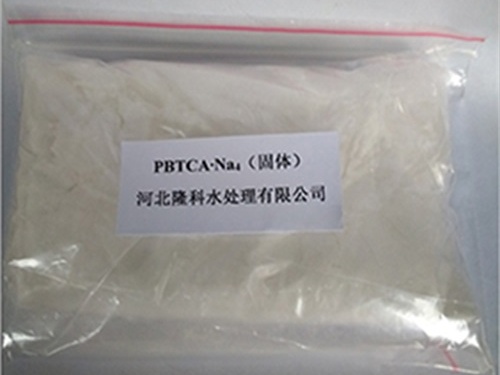flocculation in water purification
The Role of Flocculation in Water Purification
Water is one of the most critical resources on our planet, essential for life, health, industry, and agriculture. However, the availability of clean and safe drinking water remains a challenge for many communities around the world. One of the key processes involved in water purification is flocculation, a method that plays a crucial role in removing impurities and contaminants from water sources. This article delves into the concept of flocculation, its significance in water treatment, the processes involved, and its impact on overall water quality.
Understanding Flocculation
Flocculation is a physical and chemical process that encourages the aggregation of fine particles in water to form larger clusters known as flocs. This process is particularly important in the treatment of wastewater and drinking water, as it helps in the removal of suspended solids, colloids, and other impurities. Flocculation typically follows a process called coagulation, where chemical coagulants, such as aluminum sulfate or ferric chloride, are added to the water to destabilize the particles. This destabilization results in the formation of micro-flocs, which are then allowed to aggregate further through flocculation.
The Flocculation Process
The process of flocculation can be broken down into several steps
1. Coagulation As mentioned, this initial step involves adding coagulants to the water. These substances neutralize the charges on suspended particles, allowing them to come closer together and start bonding.
2. Flocculation Once the coagulation phase has been completed, the water is gently stirred or allowed to stand still, encouraging the micro-flocs to combine into larger aggregates. This can be achieved through mechanical stirring or through the natural movement of the water.
3. Sedimentation The larger flocs formed during flocculation have a greater weight and will naturally settle to the bottom of the treatment vessel. This process, known as sedimentation, allows for the separation of clear water from the settled flocs.
4. Filtration After sedimentation, the remaining water often undergoes a filtration process to remove any remaining suspended particles or flocs. Filtration media, such as sand or activated carbon, are typically used for this purpose.
flocculation in water purification

5. Disinfection Finally, to ensure that the water is safe for consumption, disinfection methods, such as chlorination or ultraviolet treatment, are applied.
Importance of Flocculation in Water Purification
Flocculation is a vital step in water treatment for several reasons
- Enhanced Removal of Contaminants By effectively removing suspended solids, flocculation helps in reducing turbidity, which is crucial for the safety and aesthetic quality of drinking water. High turbidity can harbor pathogens and other harmful substances, making water unsafe for consumption.
- Cost-Effectiveness Flocculation processes can be economically beneficial as they reduce the need for extensive filtration systems and other purification technologies. By effectively removing contaminants at an earlier stage, treatment facilities can operate more efficiently.
- Environmental Benefits Proper flocculation and subsequent purification processes minimize the environmental impact of water treatment facilities. By reducing the amount of sludge and waste generated, facilities can operate in a more sustainable manner.
- Public Health Protection By ensuring that contaminants are effectively removed from drinking water, flocculation contributes to public health protection, reducing the incidence of waterborne diseases and improving overall community health outcomes.
Conclusion
Flocculation underlines the importance of collective efforts in ensuring the availability of clean and safe water. As the global population grows and water scarcity becomes an increasingly pressing challenge, understanding and improving flocculation processes will be critical. Through continued research, innovation, and investment in water treatment technologies, we can enhance our ability to purify water, safeguard public health, and protect our precious water resources for future generations.
-
Dodecyldimethylbenzylammonium Chloride: High-Purity DisinfectantNewsAug.30,2025
-
2-Phosphonobutane-1,2,4-Tricarboxylic Acid: Scale & CorrosionNewsAug.29,2025
-
Premium Isothiazolinones | Broad-Spectrum Biocidal SolutionsNewsAug.28,2025
-
LK-319 Special Scale And Corrosion Inhibitor For Steel Plants: Advanced Solutions for Industrial Water SystemsNewsAug.22,2025
-
Flocculant Water Treatment: Essential Chemical Solutions for Purification ProcessesNewsAug.22,2025
-
Isothiazolinones: Versatile Microbial Control Agents for Industrial and Consumer ApplicationsNewsAug.22,2025





